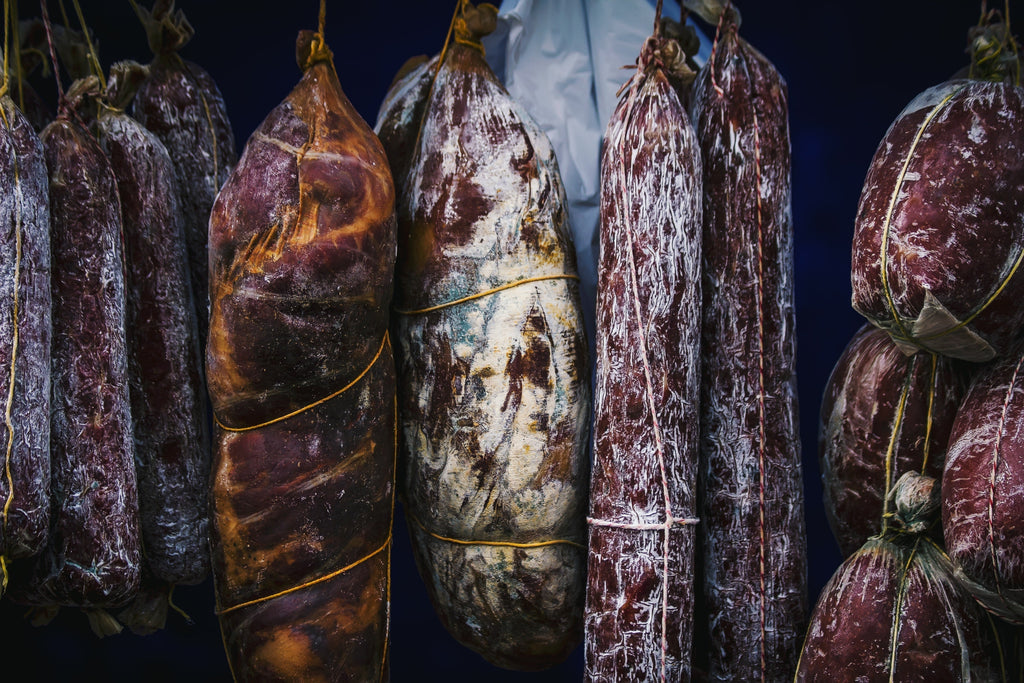Creating a DIY long-term food storage plan for emergency survival? Enhance the effectiveness of your storage by mastering the art of food preservation techniques. These methods play a crucial role in preserving perishable items, such as meat, that are prone to rapid spoilage.
Considering the significance of meat in various recipes and diets (for meat enthusiasts), it's important to address its susceptibility to bacterial and fungal growth. One effective preservation method to extend the shelf life of meat is through salt curing.
Salt curing uses salt to dry out the meat. The process removes all the moisture from the meat over time. The dried meat can be either dehydrated or smoked further to increase its shelf-life.
During salt curing, meat undergoes a process called osmosis. The salt draws out all the water from the cells of the meat. This makes it impossible for harmful bacteria to grow thus avoiding spoilage over time. Salt curing requires you to use salt brine with a 20% salt concentration. This will prevent the growth of all harmful bacteria including Staphylococcus.
3 Salt Curing Methods You Should Know
1. Wet Curing
Wet curing is the best way to start learning salt curing. This method is also known as submersion. For this, you will make a salt brine and submerge the meat pieces in the brine solution. The meat will always stay submerged in the water. You must perform wet curing only in the refrigerator.
Wet curing has a lot of benefits. Firstly, you don’t need any specialized equipment to perform wet curing. All you need to know is the salt brine concentration. Secondly, wet curing will cure the meat uniformly by forming an equilibrium of moisture in the meat pieces. There will be no salt pockets as happens with other curing methods.
Thirdly, it will just take a few days to cure small meat cuts whereas it will take a few weeks to cure large meat cuts. After wet curing, you need to smoke or dehydrate the meat and pack them in Mylar bags with oxygen absorbers for decades of storage.
For a very weak salt brine (5.7%), use 2o.z of any salt per quart of water. For slightly weak salt brine (7.5%), use 2.7o.z of salt per quart of water. For a strong salt brine (15.3%), use 6.0 o.z of salt per quart of water.
2. Dry Curing
Dry curing is the best curing method for bacon, ham, and small meat cuts.
Take a container and fill it with dry salt. Place all your meat and completely cover it with salt. Make sure you keep the container in the refrigerator. However, you need to monitor the temperature and humidity quite closely. A small mistake can ruin your dry curing efforts. Try this method only if you have the right tools for monitoring temperature and humidity.
3. Injection Curing
This method is NOT for DIYers! You need to be extremely professional at performing injection curing. The method involves using a syringe to inject the salt brine inside the meat. It is difficult to inject the salt brine uniformly into the meat. There are high chances of salt brine pockets.
Salt-cured meat is still raw. So, always smoke or dehydrate it before you store it in Mylar bags with oxygen absorbers.
To get more advice on long-term food storage, keep reading our Wallaby blog.
SHARE:





